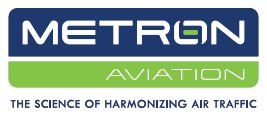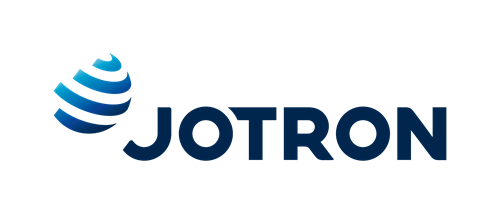Metron Aviation Launches Industry's First Air Traffic Flow Management Solution for Airlines

Metron Aviation, a leading provider of integrated Air Traffic Flow Management (ATFM) solutions, announced the release of Metron Harmony for Airlines. Metron Harmony for Airlines integrates a real-time and predictive view of air traffic conditions with airport surface operations to dramatically improve on-time performance, reduce tarmac delays, lower operating costs and provide better service to passengers.
In the past, airline operations lacked visibility into airport, regional and nationwide traffic demand and were thus unable to optimize departure and arrival operations affected by these conditions. With Metron Harmony for Airlines, users get a comprehensive view of current and future air traffic conditions. For the first time, airlines can predict future congestion events, such as gate conflicts, to optimize pushback times, reduce surface gridlock and improve operations.
"Harmony for Airlines is an important addition to our existing suite of ATFM products and specifically addresses the issues of airline operators to fully maximize capacity, reduce delays, increase safety and help prioritize operations to achieve business objectives," said Dave Basil, Senior Vice President and General Manager of Commercial Products and Solutions. "With the ability to aid in tactical and pre-tactical decision making, Metron Harmony for Airlines provides airline operators with next-generation integrated ATFM solutions that produce dramatic savings by increasing predictability and reducing delays. Metron Harmony for Airlines also has an environmental management capability which will allow airlines to significantly reduce their aviation footprint, making way for greener operations."
Metron Harmony for Airlines provides a web-based, decision support application for managing the movement of aircraft on the airport surface, by providing real-time modeling, predictions, reporting and analysis. This allows airline operators to view current and future conditions to optimize performance at the airport and throughout their entire network. Features include forecasting and alerting for surface situations, prediction alerts when gate or alleyway conflict is expected based on future arrivals and gate utilization plans, and pre-tactical evaluation of alternative departure routes when departure delays are forecasted.
The benefits are enormous for airline operators, as the solution prevents surface gridlock with corresponding long taxi and departure delays while optimizing real-time decisions, future operations and enhancing Collaborative Decision Making (CDM) capabilities.
"Harmony for Airlines is an important addition to our existing suite of ATFM products and specifically addresses the issues of airline operators to fully maximize capacity, reduce delays, increase safety and help prioritize operations to achieve business objectives," said Dave Basil, Senior Vice President and General Manager of Commercial Products and Solutions. "With the ability to aid in tactical and pre-tactical decision making, Metron Harmony for Airlines provides airline operators with next-generation integrated ATFM solutions that produce dramatic savings by increasing predictability and reducing delays. Metron Harmony for Airlines also has an environmental management capability which will allow airlines to significantly reduce their aviation footprint, making way for greener operations."
Metron Harmony for Airlines provides a web-based, decision support application for managing the movement of aircraft on the airport surface, by providing real-time modeling, predictions, reporting and analysis. This allows airline operators to view current and future conditions to optimize performance at the airport and throughout their entire network. Features include forecasting and alerting for surface situations, prediction alerts when gate or alleyway conflict is expected based on future arrivals and gate utilization plans, and pre-tactical evaluation of alternative departure routes when departure delays are forecasted.
The benefits are enormous for airline operators, as the solution prevents surface gridlock with corresponding long taxi and departure delays while optimizing real-time decisions, future operations and enhancing Collaborative Decision Making (CDM) capabilities.


.png)


.jpg)



Comments
There are no comments yet for this item
Join the discussion